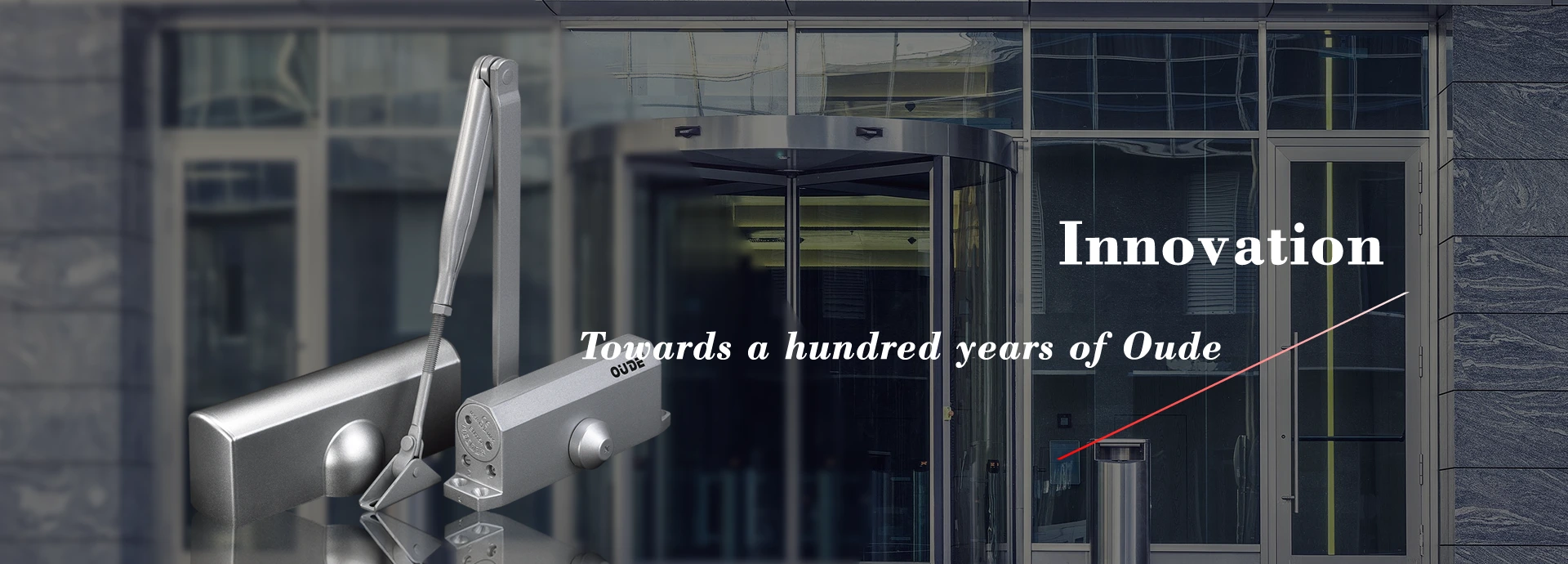
Discover the essential components of door closers, including the body, arm, spring, cover, and fluid, for optimal performance and durability.
Door closers are essential. You’ve seen them—those devices that ensure a door closes properly once opened. But what makes a door closer function smoothly every single day? Today, Cn-oude door closer manufacturer highlight the key parts that drive this precision. We’ll walk through their roles and the materials involved, keeping the focus tight on the specifics you need to know.
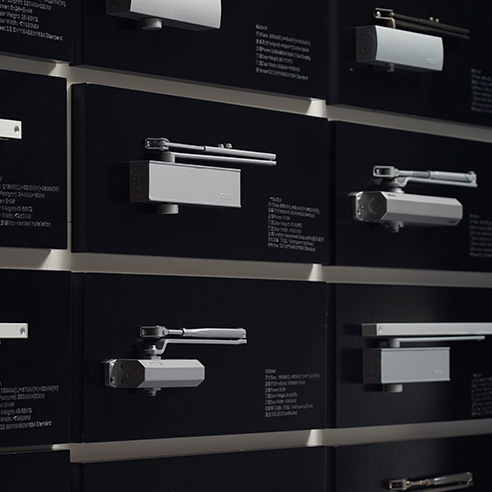
Need Expert Advice on Door Closer Parts?
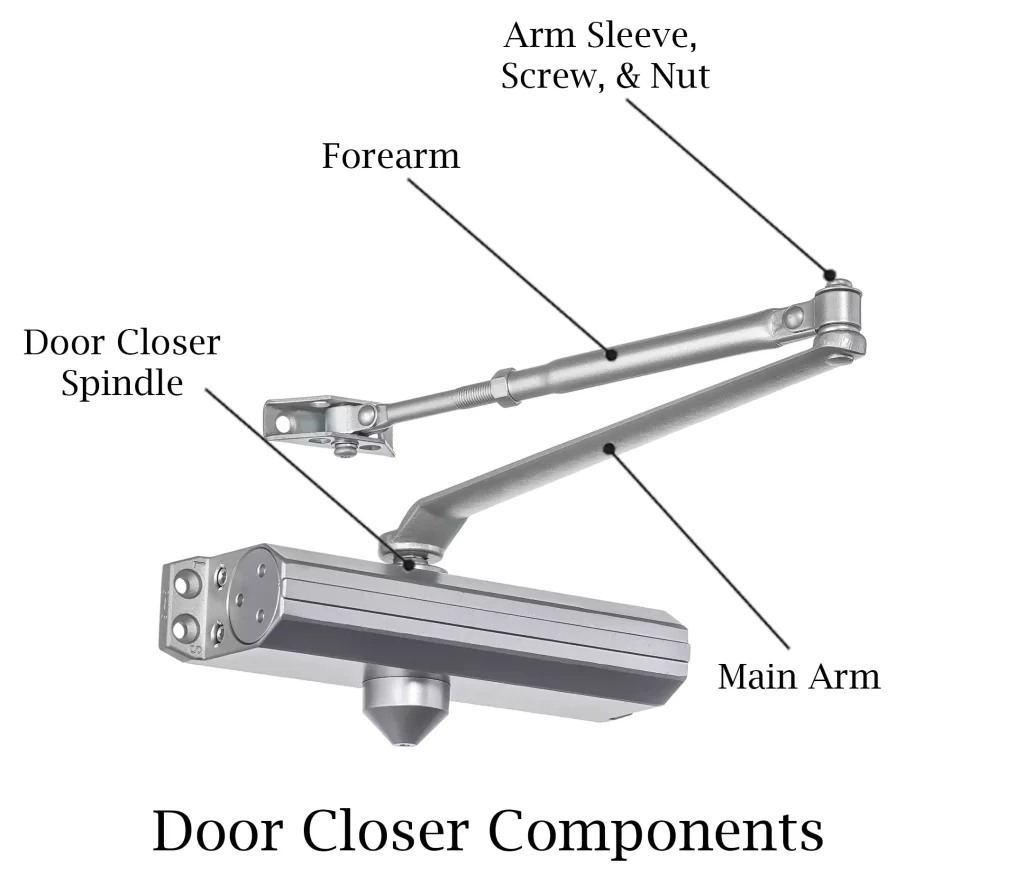
Here are a few important parts of a door closer:
| Component | Description |
| Door Closer Body | The main housing that contains all internal parts. Made from durable materials like aluminum or steel. |
| Door Closer Arm | Connects the door to the closer body; acts as a lever. Comes in regular and adjustable types for different needs. |
| Door Closer Spring | Stores energy when the door opens and releases it to close the door. Controls the closing pace. |
| Door Closer Cover | Protects internal parts from dust and damage. Enhances the door’s appearance. Made from materials like stainless steel or plastic. |
| Door Closer Fluid | Hydraulic fluid that ensures smooth door movement. Prevents slamming and moderates speed. Regular maintenance is needed to check for leaks and fluid levels. |
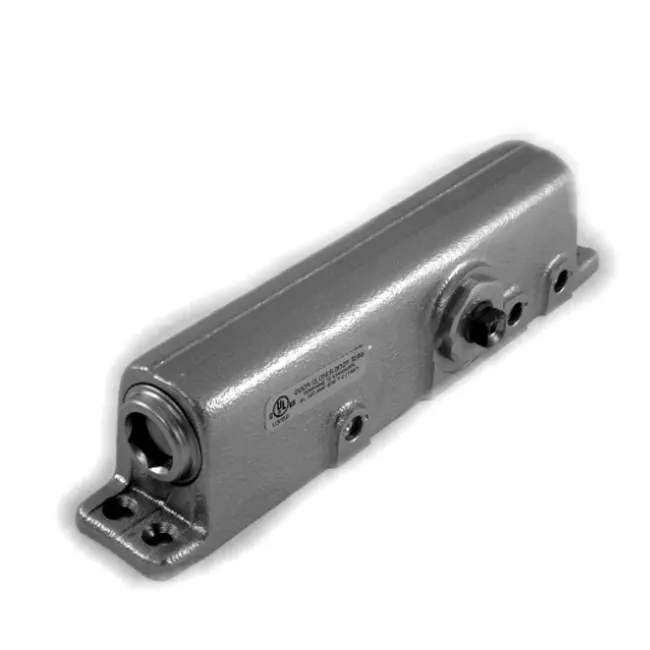
The door closer body is the main housing. Think of it as the heart of the device. It contains all the critical internal components responsible for controlling the door’s movement. This part is where the action happens—everything from the door closer spring mechanism to the fluid cylinders.
Typical materials used for the body include cast aluminum or steel, built to handle consistent wear and tear. The choice of material ensures durability and a long lifespan. Some might look for lightweight materials without compromising strength.
Without the body, there’s no framework to contain the mechanism. The body sets the durability standards for the entire door closer. Essentially, it’s built to last while shielding other critical components, protecting against the daily pressures of door operation.
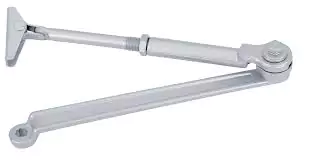
The door closer arm connects the door frame to the closer body, acting as a lever that transmits force to open and close. When the door swings open or shut, it’s the arm guiding every move.
There are two common types: regular and adjustable. Regular arms are designed with a basic function, while adjustable arms allow further customization, whether for tighter or looser movements depending on your office or home needs.
The ability to adjust the door closer arm allows users to fine-tune the door’s closing speed and tension. This is especially important for public areas where foot traffic and functionality vary widely.
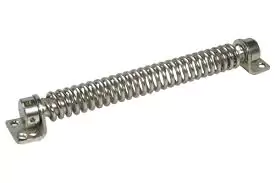
The door closer spring is pivotal. This component holds compressed energy when you open the door and releases it when the door naturally shuts. It controls the pace of when and how the door closes.
There are tension springs, typically used in medium to heavy doors where consistent pressure is needed. Torsion springs are another option, often used in more complex setups, providing a steady closing force.
The smooth operation of the closer relies on the spring. It determines how effortlessly the door will function without slamming or staying out of place. Maintaining this balance is vital for safety and usability.
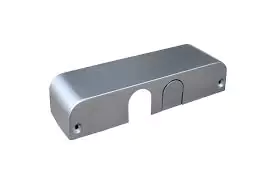
The door closer cover serves a dual role. First, it protects the internal parts from dust, debris, or any potential damage. Second, it makes the closer visually appealing by blending with the door design—giving it a clean, finished look.
A well-designed cover enhances the door’s overall appearance. It’s not just a functional component but also contributes to the visual consistency of a space, especially in commercial or high-end residential buildings.
Cover materials vary, often ranging from stainless steel to plastic depending on cost, design, and function. Each material choice affects the overall durability and appearance, adding variety for customers to choose from.
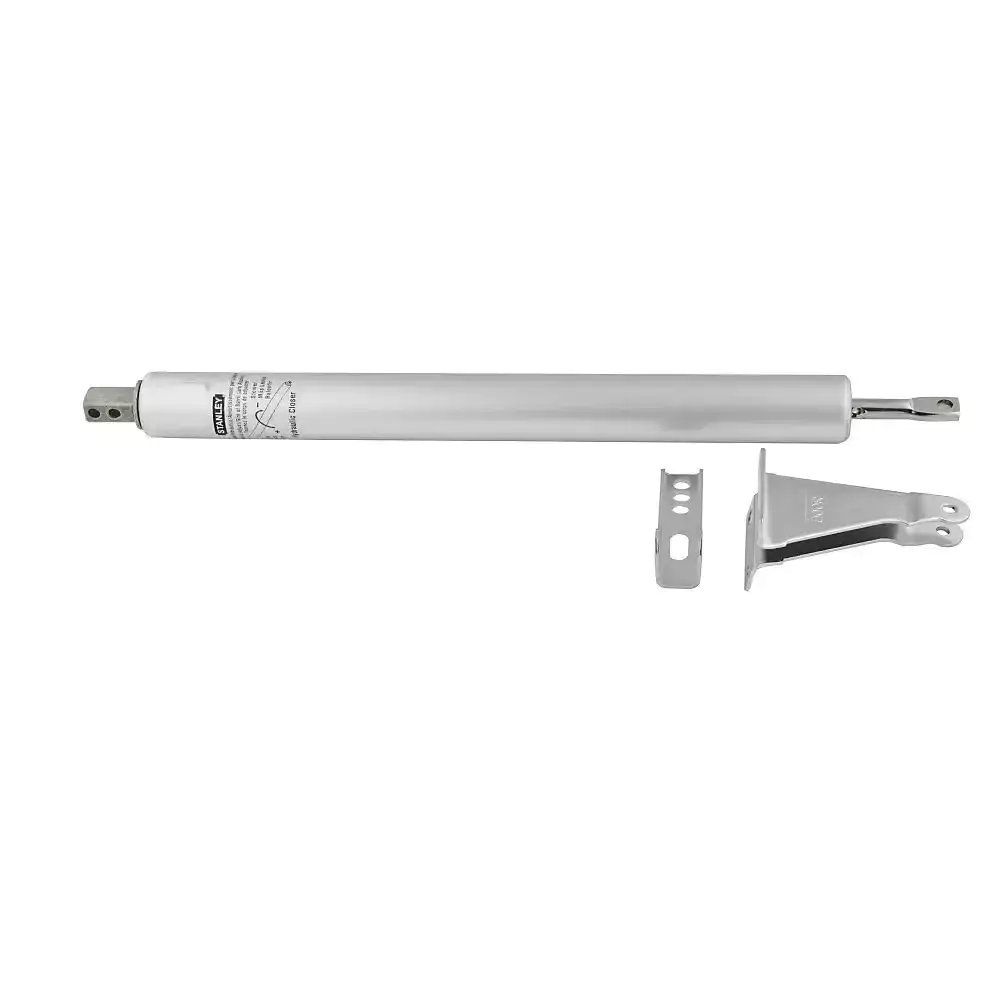
This door closer fluid, usually hydraulic, is an essential part of the door closer’s operation. The fluid ensures smooth motion, preventing sudden slams when the door closes. The fluid moves within chambers, moderating the door’s speed.
You’ll typically find hydraulic oils, some of which have added properties such as temperature resistance. These ensure consistent performance across different weather conditions—avoiding problems like stiff movement during cold weather.
Given the importance of fluid, regular maintenance checks are advised. You don’t want leaks, as this would affect door performance. Fluid levels should be adequate, and in some cases, it might be necessary to top off or replace them, depending on manufacturer recommendations.
You’ve now got a closer look at each essential part of the door closer. The door closer body, arm, spring, cover, and fluid each have a specific role. These parts come together to ensure smooth and consistent performance, day in and day out.
Now, if you’re ever in doubt, Cn-oude has you covered. Whether it’s upgrading or maintaining your door closers, we’ve got the trusted solutions. Interested in learning more or need help with a specific product? Reach out to us today. Keep your doors closing smoothly—Cn-oude makes it happen.




